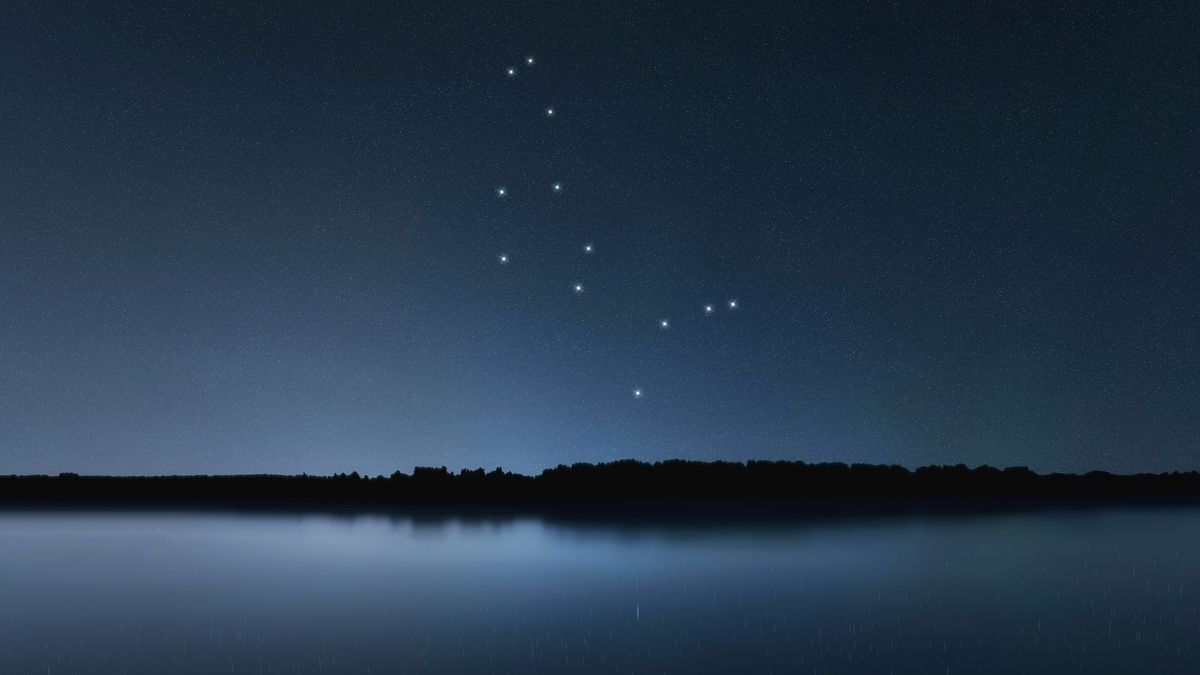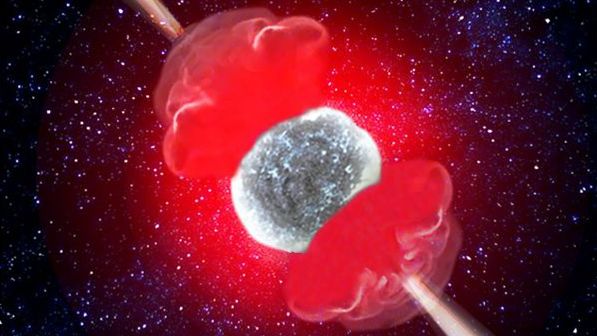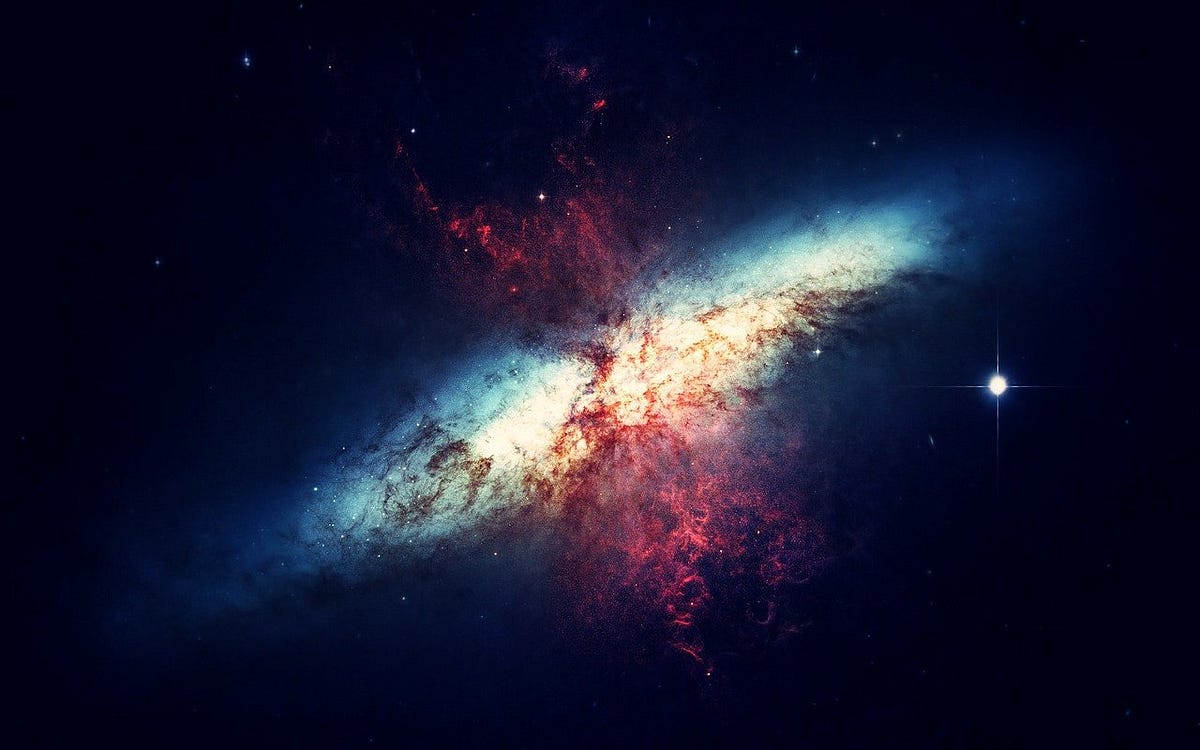QuickHitCurepon
Diamond Member
Quarter Moon
Follow along with the video below to see how to install our site as a web app on your home screen.
Note: This feature may not be available in some browsers.





 www.usmessageboard.com
www.usmessageboard.com


